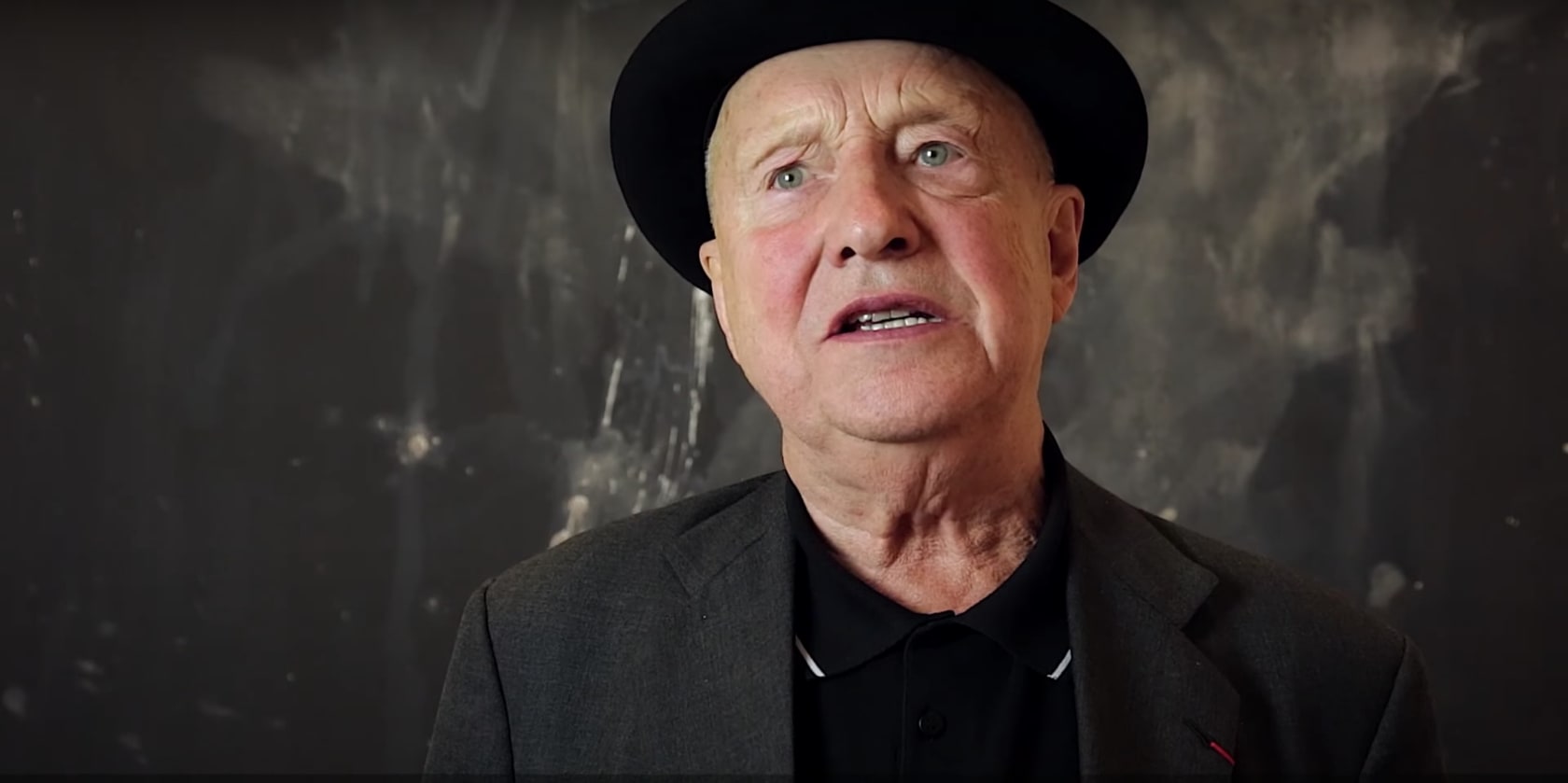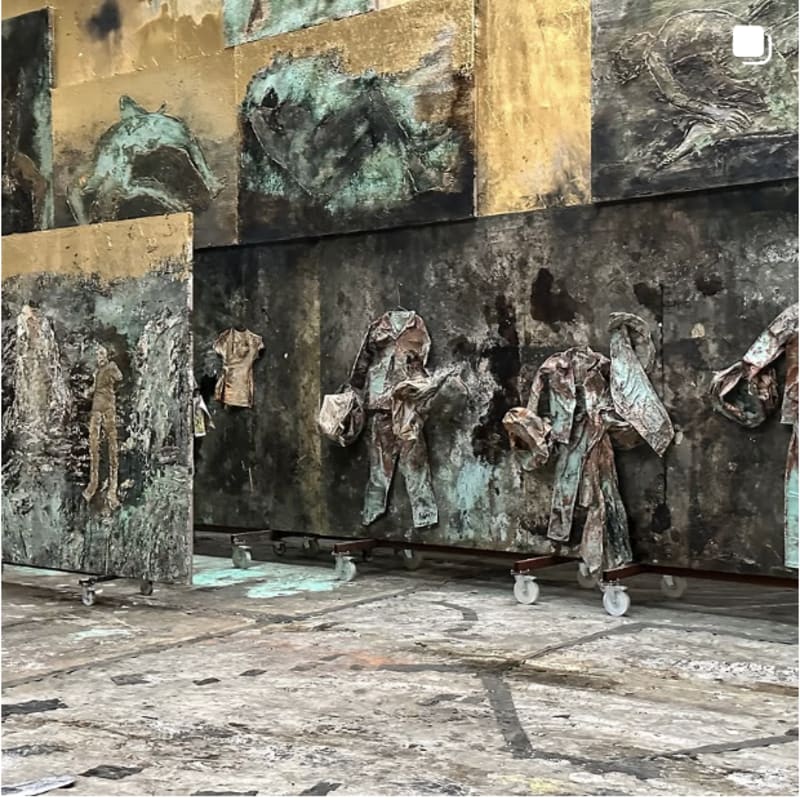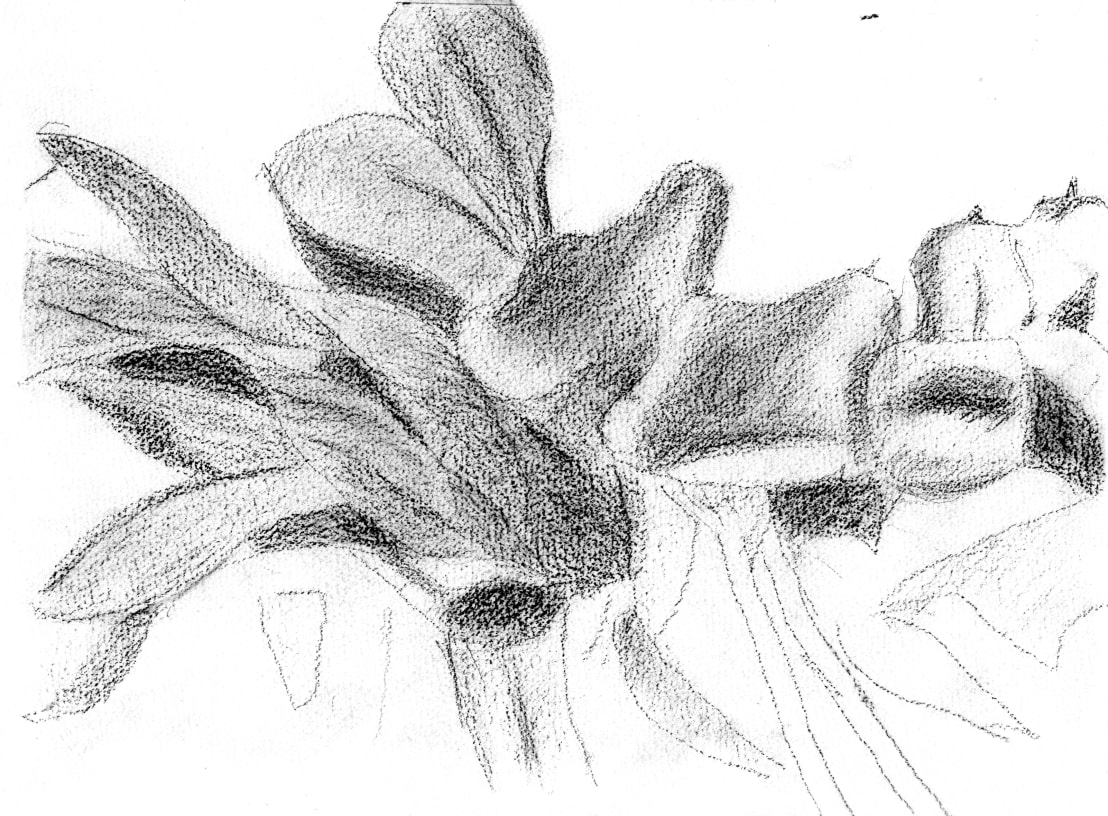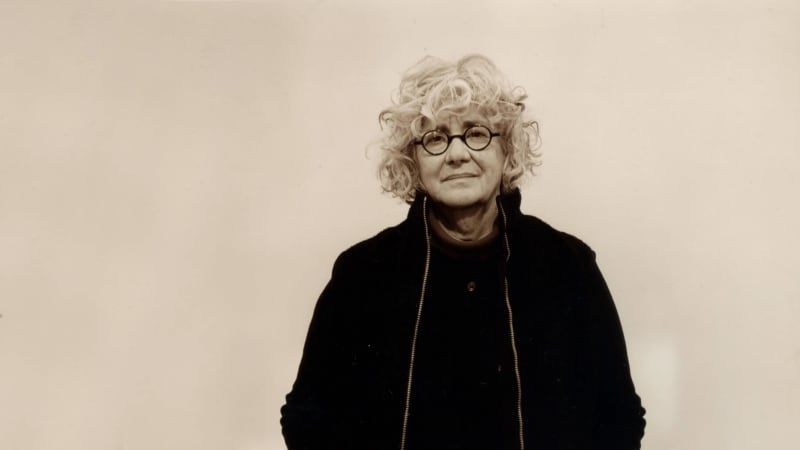Georg Baselitz & Emilio Vedova
23 May – 11 July 2015
To mark the collaboration between the Emilio Vedova Foundation, our Salzburg gallery presented an exhibition of works by Emilio Vedova in juxtaposition with new paintings by Georg Baselitz. Baselitz and Vedova were not only long-standing friends, but also had mutual appreciation of their individual artistic approaches.
The Venetian painter Emilio Vedova (1919-2006) was one of the most prominent representatives of Italian informel. He first took part in the Venice Biennale in 1947, and devoted his whole life to the development of non-representational painting. Works by Vedova were shown at exhibitions including the legendary documenta exhibitions I, II and III (1955, 59 and 64) in Kassel. By the end of the 1950s, Vedova had become established in the international art scene as a classic of abstract painting.
From the beginning of the 1980s, Vedova became an important integrative figure for an up-and-coming generation of neo-expressive artists – as was demonstrated in 1982 by his renewed participation in documenta VII, as well as by many publications and solo exhibitions in the ensuing years. Our exhibition focused on this creative period showcasing Vedova's works from the 1980s.
In this exhibition, Georg Baselitz presented his new series Ma grigio. The foot, the dominant (and isolated) element in the works of this series, had been a leitmotiv in Baselitz's work since the 1960s. Baselitz’s unusual chain of association for this series ranged from Lucio Fontana's Attese pictures dating from the 1950s and '60s, through Gustave Courbet's provocative painting L'Origine du monde (1866), right up to the Mexican dancers and Frida Kahlo. On the other hand, this series was based on Baselitz's intensive reflection on the 'problem of the empty centre' in scenes of the Annunciation from past centuries.
















































































































































































